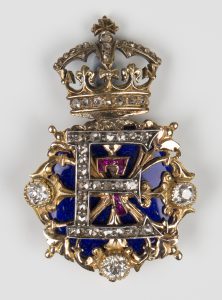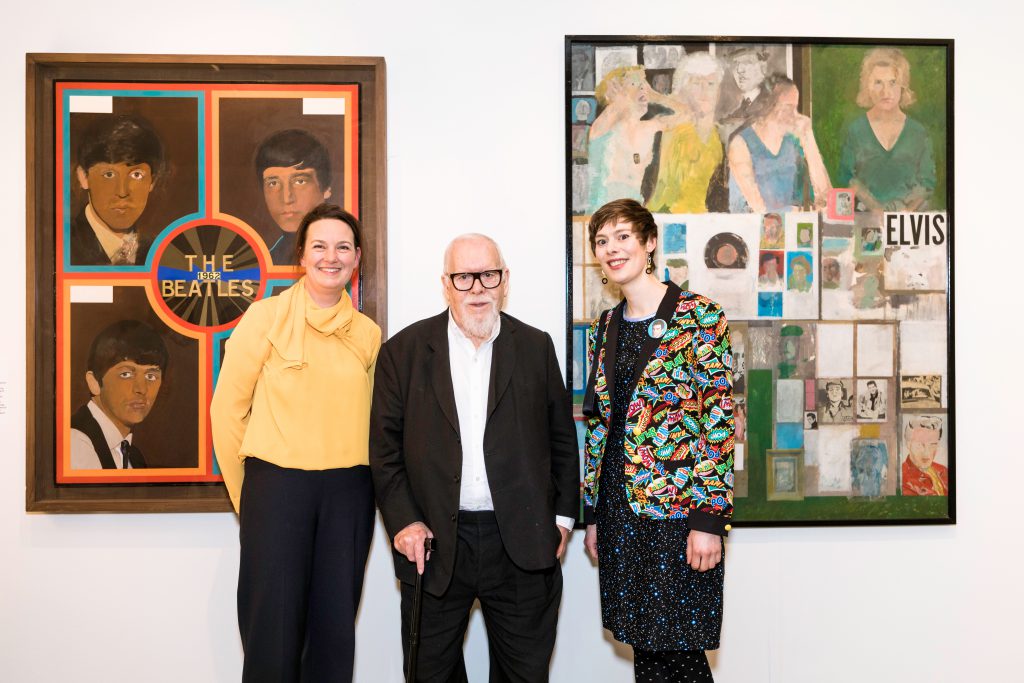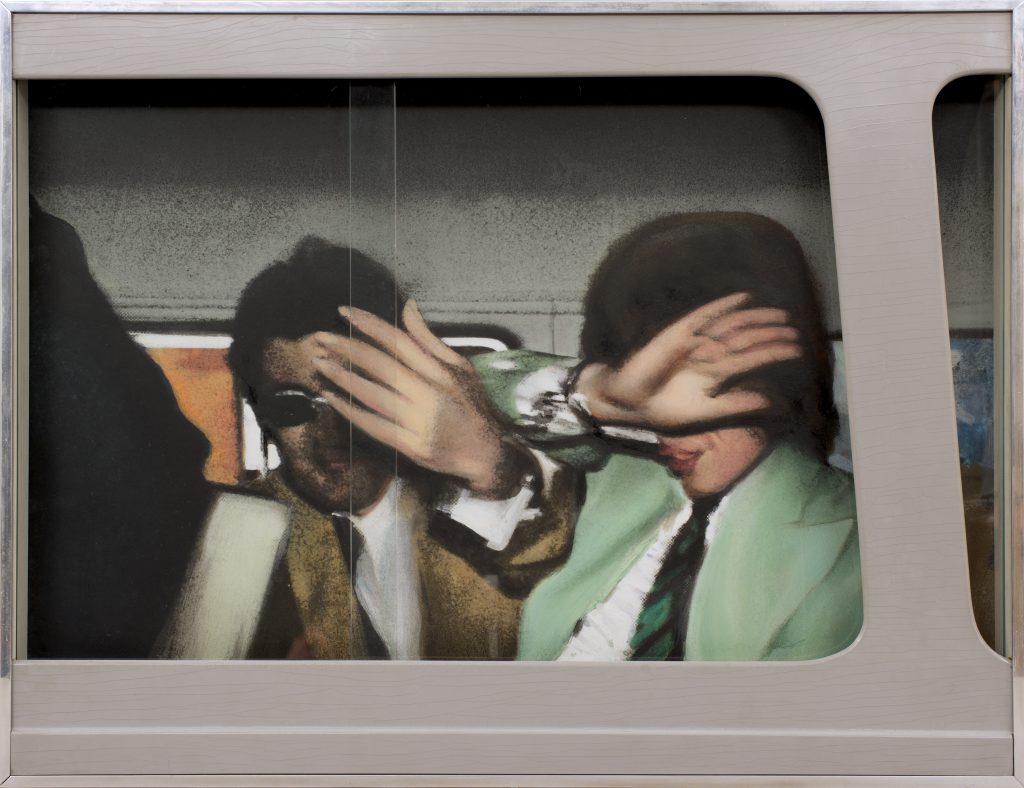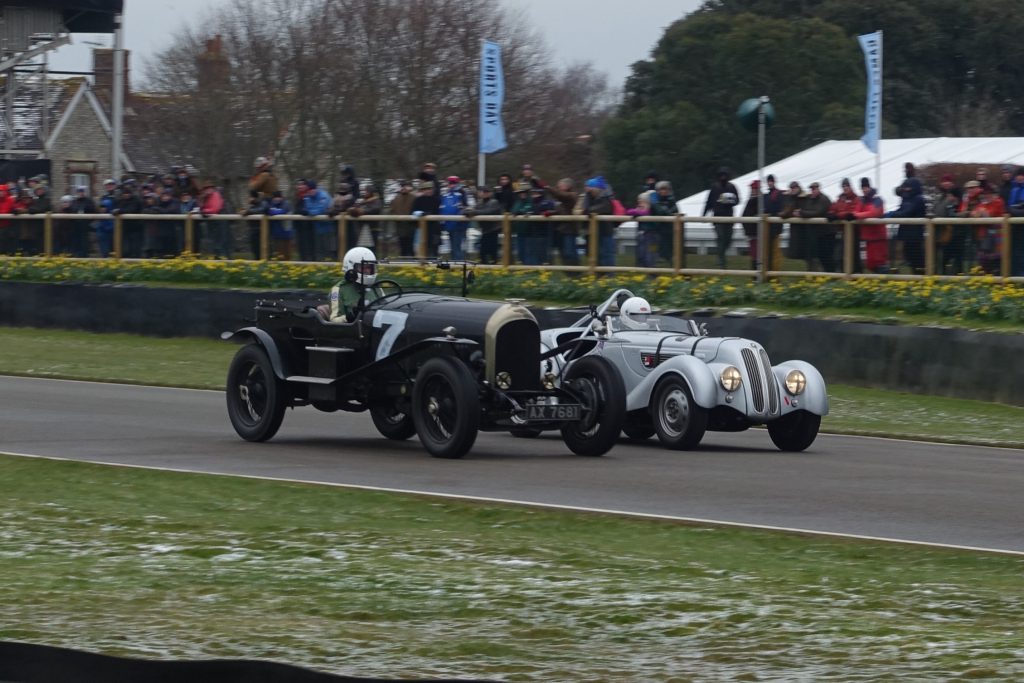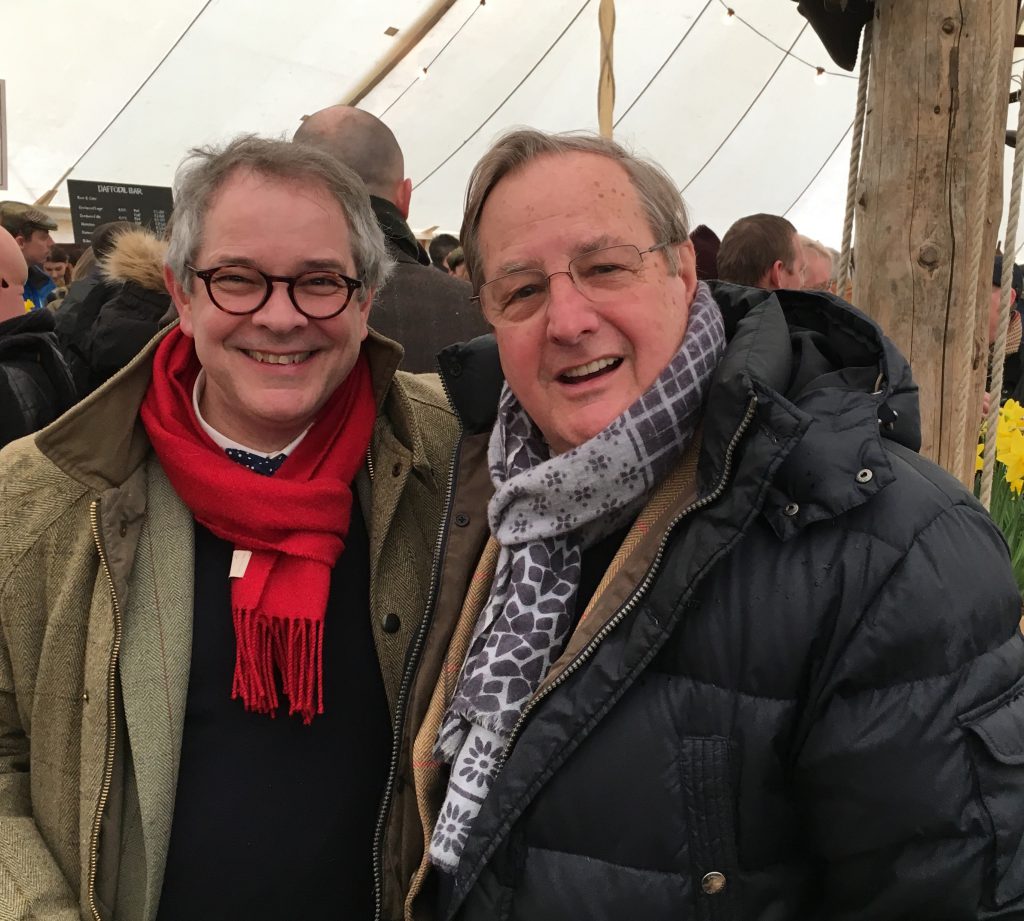
This week I am in the company of four Christ’s Hospital students who are part of a cohort of pupils who lead The Verrio Tours at the school. The Verrio Tours provide visitors with a rare window into the, history, traditions and life of this historic institution.

Pub Orig CL 21/04/2005
Helena, Rebecca, Nana and Max explain how The Verrio Tours take their name from the eighty-six foot long painting by the Italian born artist Antonio Verrio (c.1636-1707) who received royal patronage from both Charles II and James II.
They tell me how this painting commemorates the founding of the Royal Mathematical School by Charles II in 1673 and is known as The Verrio. It hung in two of the school’s Great Halls in London before being brought to the new campus at Horsham in the first years of the 20th century. Today the painting hangs in the Dining Hall.

My enthusiastic guides describe how Charles II died during its painting. 17th century convention dictated that only a ruling monarch could be depicted on the throne. To avoid a treasonous act James II was painted in Charles’ place at the centre of the composition. To the left of the throne you can see Samuel Pepys who became the Chief Secretary to the Admiralty under both Charles II and James II. He is painted wearing a red cloak and holding a large book.
Our conversation turns to the breadth of the tour which gives the visitor an opportunity to explore Christ’s Hospital’s unique campus and buildings including the ‘Wren’ Portico, the Chapel with its wonderful Frank Brangwyn murals and, weather permitting, witness the famous School Band in action.
I ask how visitors react to the experience, Rebecca responds “Everyone wants to know about the school.” Nana continues “People are fascinated by what you are saying.” Max concludes “The Verrio Tour gives the outside world a chance to look in.” It quickly becomes apparent how much these outward facing and generous young people enjoy sharing Christ’s Hospital with others.
This quality of welcome is always evident when you visit Christ’s Hospital.
Our discussion turns to life at the school. I remark upon how people from diverse backgrounds seem to be welcomed and celebrated. Helena agrees and says “There is a real mix of backgrounds here. When we start the only common ground is our academic ability.” She goes on to explain how the shared history and traditions of Christ’s Hospital builds respect and friendships.
I ask what they most enjoy about the tours and they are unanimous that it is meeting with the public.
This inclusive school continues to celebrate its history and traditions whilst looking confidently to the future. Most importantly and above all else it celebrates its students – the talented young people who are shaped and inspired by its traditions and the quality of its education.
An afternoon in the company of these outward facing and generous young people is really inspiring.
The Verrio Tours are available on Thursdays by prior arrangement only. To discover more visit www.christs-hospital.org.uk/school-life/community/verrio-tours/ or to book a tour telephone Michelle Smith on 01403 247407.
By Rupert Toovey, a senior director of Toovey’s, the leading fine art auction house in West Sussex, based on the A24 at Washington. Originally published in the West Sussex Gazette.
